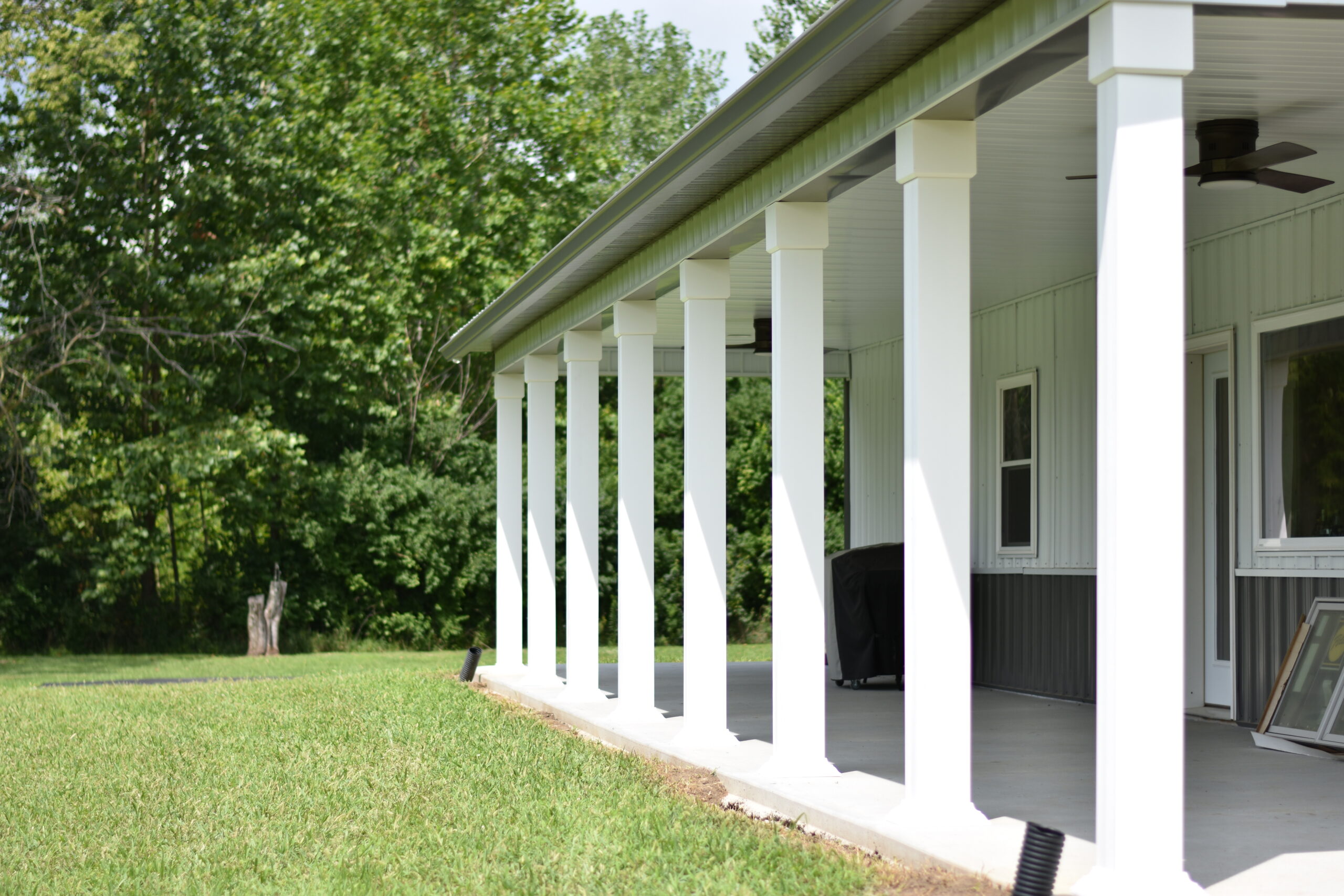Columns can come in all kinds of shapes, sizes, and materials. Today we will take a look at the different materials and the advantages each brings to the table.
Selecting the right column material can be very important. Does the column have load bearing capabilities? Is it easy to assemble? Let’s take a quick dive into column materials and the factors that should be considered when choosing a material.
Aluminum
The first material we will discuss is admittedly one that is close to Superior’s heart, aluminum. Out of the materials discussed today, aluminum columns are the oldest, but still have plenty to offer. Aluminum columns offer unmatched load-bearing capabilities, with some columns being able to hold up to 75,000 lbs.! Of course, aluminum columns also offer the added benefit of being made from a lightweight metal, meaning assembly is a breeze. Alas, one of the downsides to aluminum is its price point compared to its other column counterparts.
PVC
PVC is often times seen as the new kid on the block, but it has quickly gained popularity. PVC is lightweight and easy to work with, making installations a breeze. PVC is often the cheapest solution for column wraps, as cellular PVC is cheaper to produce then its Aluminum and Fiberglass counterparts. Furthermore, PVC can be trimmed and cut into various shapes, such as the popular craftsman style PVC column wraps. However, due to PVC being more lightweight and pliable nature, PVC is a non-loadbearing material. Because of this, PVC is used for wrap around column applications only, meaning it conceals a load bearing structure. Furthermore, often times to connect PVC wrap around sections together, a special adhesive is applied in seams that will need to be bungeed together overnight. However, with Superior’s new Snap-Tite™ PVC Column Wraps (will provide link once available), no glue is required!
Fiberglass
Fiberglass is seen as the middle ground between PVC and aluminum. While fiberglass columns cannot compare to the amazing load-bearing strengths of aluminum, fiberglass does offer some load-bearing capabilities of up to 20,000 lbs. Like its PVC counterpart, being made of a synthetic material reduces cost, though not to the cost saving extent of PVC. So, what is the catch with Fiberglass? Weight, is the major factor that might hinder someone from choosing fiberglass, as it is notably heavier in comparison to both aluminum and PVC. This makes it more difficult to handle and in turn, assemble.
Why it Matters
Choosing the right material not only comes down to preference but also application. If load-bearing is required, an aluminum or fiberglass column option can be used. If price is a major concern, PVC or Fiberglass might be the best route to go. These factors and more should be considered when choosing which column material is right for you!
Regardless, Superior offers a wide variety of Aluminum, PVC, and Fiberglass column options to fit your exact need! Got a question about columns? Please feel free to contact us!




